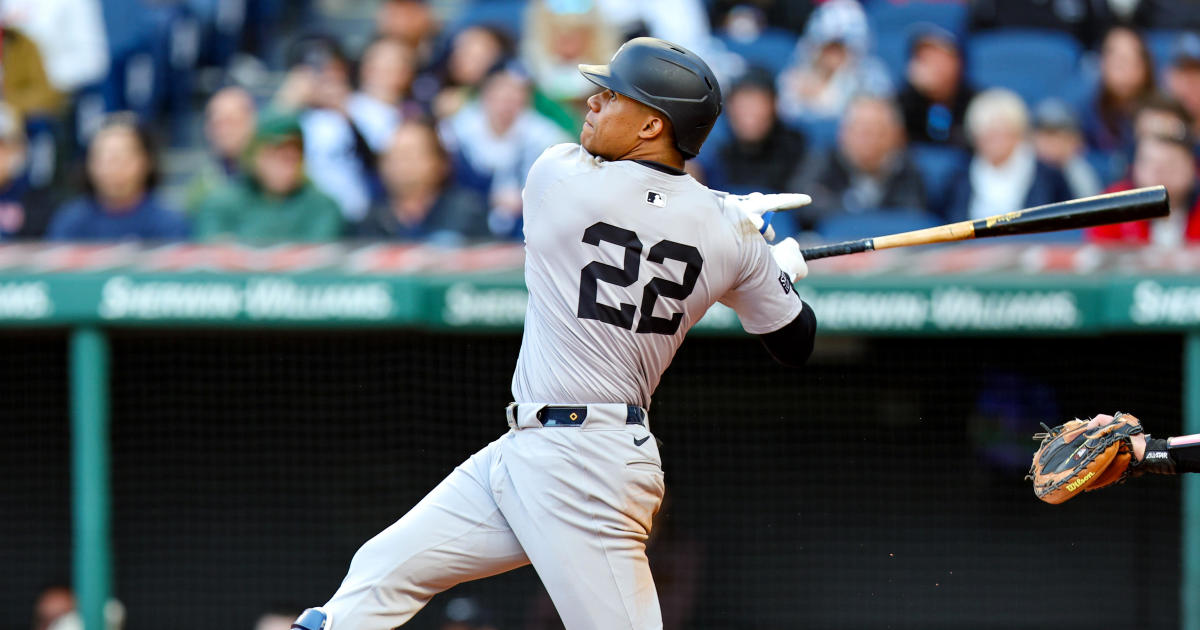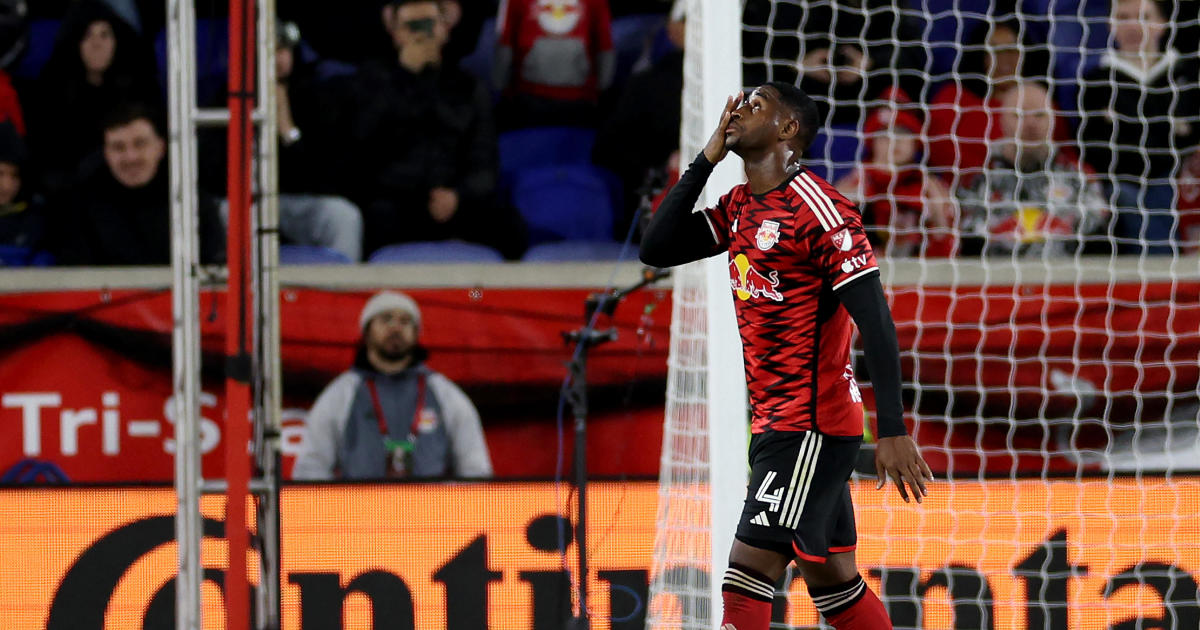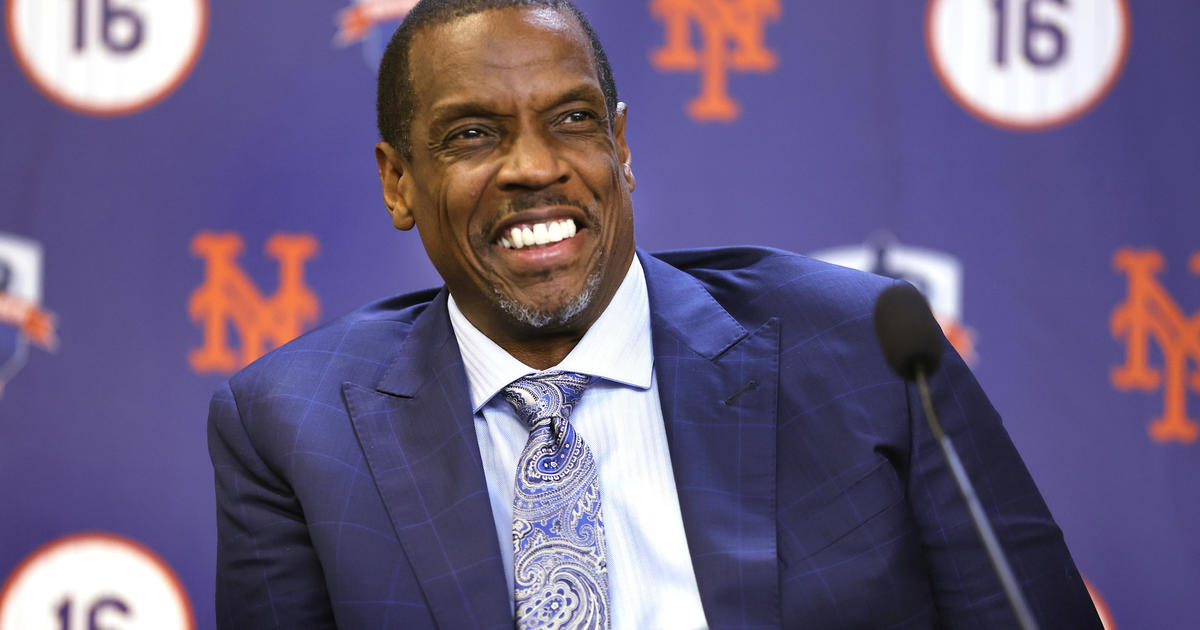Dyer: Soccer Has FINALLY Arrived In The U.S., And It's Time To Accept It
By Kristian Dyer
» More Columns
The next move is yours, Joe Six-Pack. This soccer thing ain't going anywhere, so you might as well accept it.
Since Pele signed with the New York Cosmos in 1975 -- they're back, by the way -- Americans have heard for years that soccer was "here," that the sport had arrived and was ready to cut through this country's sports landscape. The sport the rest of the world loved was going to take America by storm. In 2014, we are now hearing the same thing. Except now it is finally true.
And it is time for television and radio executives, seated behind their big desks, to wake up and realize that it is finally "here." Soccer has arrived, and no amount of handwringing by the old-guard sports columnists and derisive sneers from the curmudgeons among us will change that. It also means that you, Joe Six-Pack, need to look up for a moment and realize that there is a new sport for you to enjoy and appreciate. It doesn't mean you have to give up your summer love affair with the New York Yankees or the New York Mets (although giving up the latter might save you an ulcer or two).
What it means is that soccer has finally arrived, albeit 39 years later than expected. It is time for you to take notice.
The television ratings back up the fact that our nation watches soccer, and not just on niche networks such as the Spanish outlets. This is mainstream; there is broad appeal here. Gone are the days where the guy in the office wearing the Adidas Samba to work and talking about the national team was the loony. Now, he's joined by others.
You can't just click the remote and hope that this disappears. This may not be a soccer nation, but it is a nation that has finally accepted the sport. And on Tuesday, with a quarterfinal date in the World Cup on the line, it looks like the sport has gone mainstream.
Two Sundays ago, the U.S.-Portugal match had 24.7 million viewers, a number that doesn't include the massive watch parties throughout the nation that drew tens of thousands of fans to stadiums. That number beats the NBA Finals, the championship game of March Madness and easily makes a dwarf of this summer's riveting Stanley Cup finals. For years, Americans had been told that they wouldn't like soccer, that it was boring and low scoring and there weren't enough commercial breaks to go to the bathroom or grab a snack. Instead, nearly 25 million Americans -- many between the coveted age bracket of 18-35 years old --responded with six words:
"I believe that we will watch!"
But the movement isn't a flash in the pan. Ratings and viewership have steadily grown with each World Cup. There is also a grassroots element to this movement as well.
Look no further than MLS, the league that supposedly wouldn't last after facing contraction earlier this century. Last season, MLS drew an average of 18,807 fans per game, a number that exceeds the average gate of the NHL and the NBA. Each year the league grows, as has the second-division NASL, where the Cosmos now play. Attendance goes up, as does the quality of the league and its star power.
Consider also that the television ratings for the league remain respectable and a new broadcast sponsorship is in place that far exceeds the payout of the last deal. This isn't just a fad; the sport is growing.
Of course, there will be the white hairs (and no hairs) in the media who say that this is a big moment, and that once the United States bounces out of the tournament the attention of the nation will thankfully turn away from the sport and back to other pastimes. Like the Olympics, they say we will stop caring about soccer like we stop following gymnastics and curling and figure skating and beach volleyball. That ignores the momentum building for this sport.
Youth participation in soccer is double that of tackle football, and it easily eclipses all sports except for basketball for elementary students up through high-school students. What has happened over the past decade -- in fact since the World Cup came to the United States in 1994 -- is that a nation of soccer players has developed a strong fan base.
Americans tuned in to the World Cup and perhaps caught the bug, realizing that they could do more than just play in a recreational league. They adopted a European team and then gradually began watching the game more than just on Saturday mornings at the local English pub. Soon, the United States national team was discovered and the sport was painted in a different way, with a different accent for them to enjoy. Now, they follow MLS. And today, they leave work early to go to sports bars across the area to lustily cheer for the red, white and blue.
A phenomenon, it appears, that has no end in sight. Time to get on board, Joe.
Kristian R. Dyer is the Jets' beat reporter for Metro New York and a contributor to Yahoo! Sports and WFAN. He can be followed on Twitter @KristianRDyer.
You May Also Be Interested In These Stories



